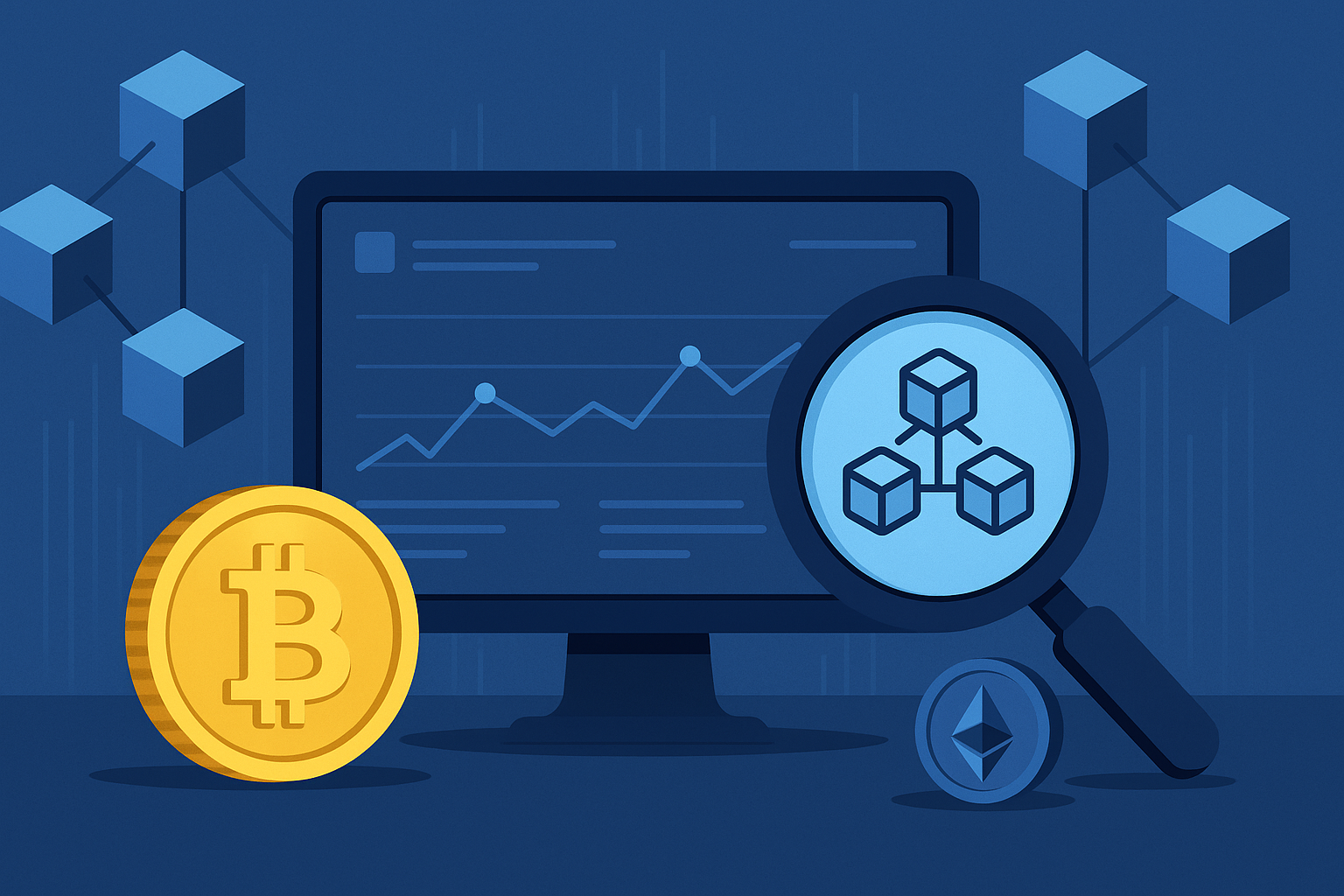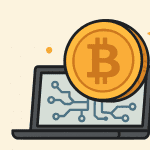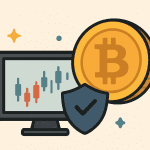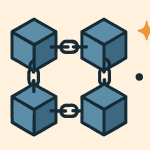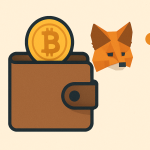If you’re new to cryptocurrency, you might hear people say, “Check it on the blockchain” or “Look it up on the explorer.” But what does that mean?
In this beginner-friendly article, we’ll explain what a blockchain explorer is, how it works, and how you can use it to see what’s happening on the blockchain.
Contents
What Is a Blockchain?
Before we talk about explorers, let’s quickly remember what a blockchain is.
A blockchain is a public digital ledger—a place where all cryptocurrency transactions are recorded. It’s like a database that is:
-
Transparent (everyone can see it)
-
Decentralized (no single company controls it)
-
Immutable (you can’t change past records)
What Is a Blockchain Explorer?
A blockchain explorer is a website or tool that lets you search and view everything happening on a blockchain.
It’s like a search engine for blockchain data. You can use it to:
-
See transactions
-
Check wallet addresses
-
View blocks
-
Explore smart contracts
-
Monitor network activity
Everything on a blockchain is public, and the explorer helps you view it in an easy-to-read format.
What Can You Do With a Blockchain Explorer?
Here are the most common things you can do:
✅ 1. Check a Transaction
If you send or receive crypto, you can use the transaction ID or hash to look it up.
You’ll see:
-
Status (confirmed or pending)
-
Amount sent
-
Fees paid
-
Sending and receiving addresses
-
Date and time
Example: You send 0.5 ETH to a friend. You copy the transaction hash and paste it into Etherscan (a popular Ethereum explorer). You can instantly see the details and confirmation status.
✅ 2. View a Wallet Address
You can search any public wallet address to see:
-
Total balance
-
List of all transactions
-
Tokens or NFTs owned
It’s great for keeping track of your own wallet—or for seeing how much crypto a known address holds (yes, everything is public!).
✅ 3. Explore Blocks
Each block contains a group of transactions. You can use the explorer to:
-
See recent blocks
-
Check how many transactions are inside
-
View the miner/validator who created it
-
See the block reward and fees
✅ 4. Track Gas Fees and Network Usage
On Ethereum or similar blockchains, gas fees change depending on network activity. Explorers show:
-
Current gas prices
-
Average block time
-
Number of pending transactions
This info helps you decide when to make a transaction (to avoid high fees).
✅ 5. Monitor Smart Contracts
If you use DeFi or dApps, you can explore smart contracts directly. Some explorers even let you read or interact with contract functions.
Example: Check the source code of a token contract or see how many people have staked in a pool.
Popular Blockchain Explorers
Different blockchains have different explorers. Here are a few popular ones:
| Blockchain | Explorer Name | Website |
|---|---|---|
| Bitcoin | Blockchain.com | blockchain.com/explorer |
| Ethereum | Etherscan | etherscan.io |
| BNB Chain | BscScan | bscscan.com |
| Solana | Solscan / Solana Explorer | solscan.io / explorer.solana.com |
| Polygon | Polygonscan | polygonscan.com |
| Cardano | CardanoScan | cardanoscan.io |
Just paste a wallet address, transaction hash, or block number into the search bar and start exploring.
Why Use a Blockchain Explorer?
Here’s why explorers are helpful—even for beginners:
-
Track your transactions
-
Verify if a payment went through
-
Check if a smart contract is safe
-
Watch token movements and wallet balances
-
Learn how the blockchain works
Even if you’re not a developer, using a blockchain explorer can help you better understand what’s happening behind the scenes.
Final Thoughts
A blockchain explorer is a powerful tool that lets you see exactly what’s going on inside a blockchain. It shows you transactions, wallet balances, blocks, gas fees, and more—in real time.
If you’re using crypto, learning how to use a blockchain explorer will give you more confidence and control.
Start by visiting a popular explorer (like Etherscan or Blockchain.com) and try searching your wallet address or a transaction hash. It’s easier than it sounds—and pretty fascinating too!
